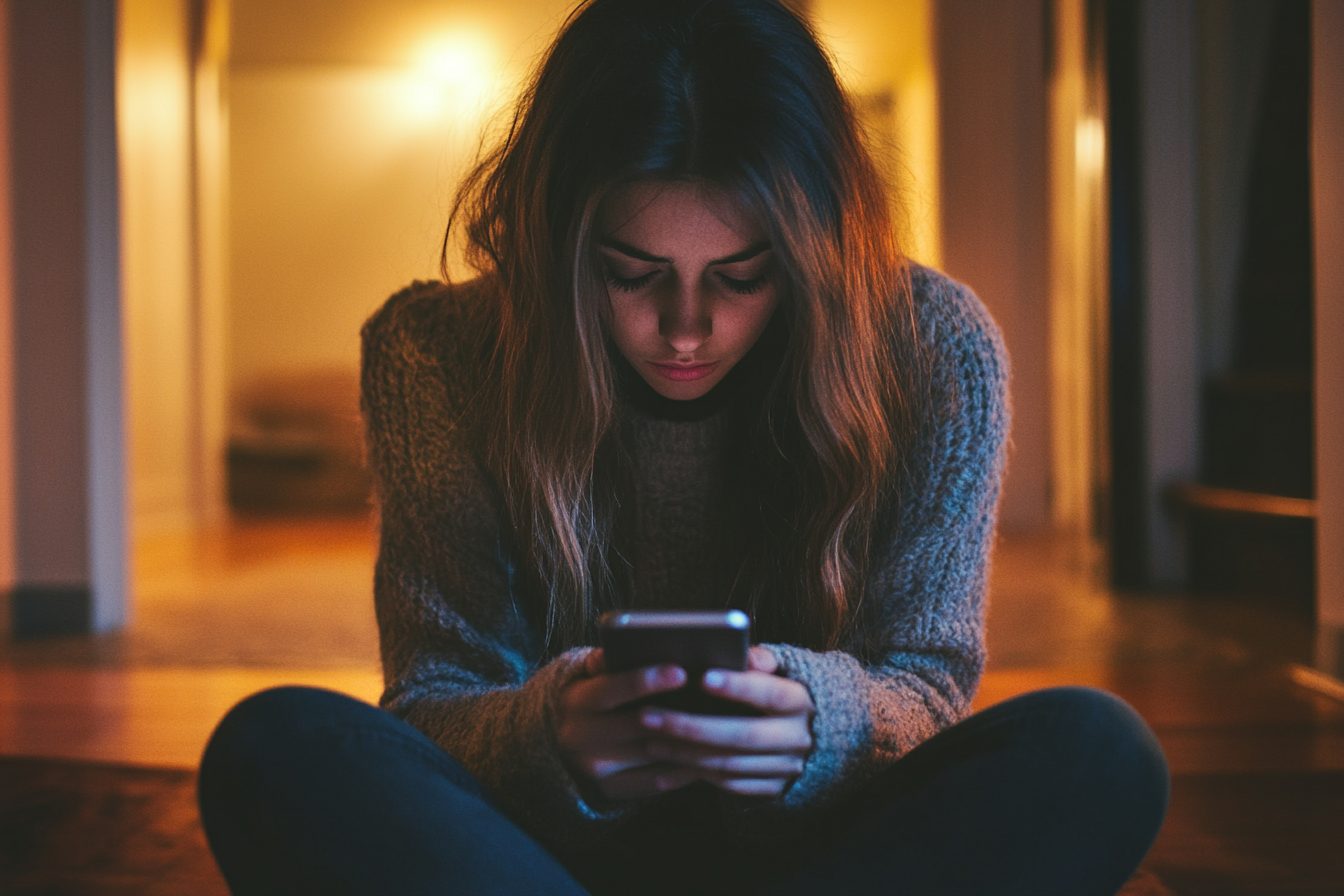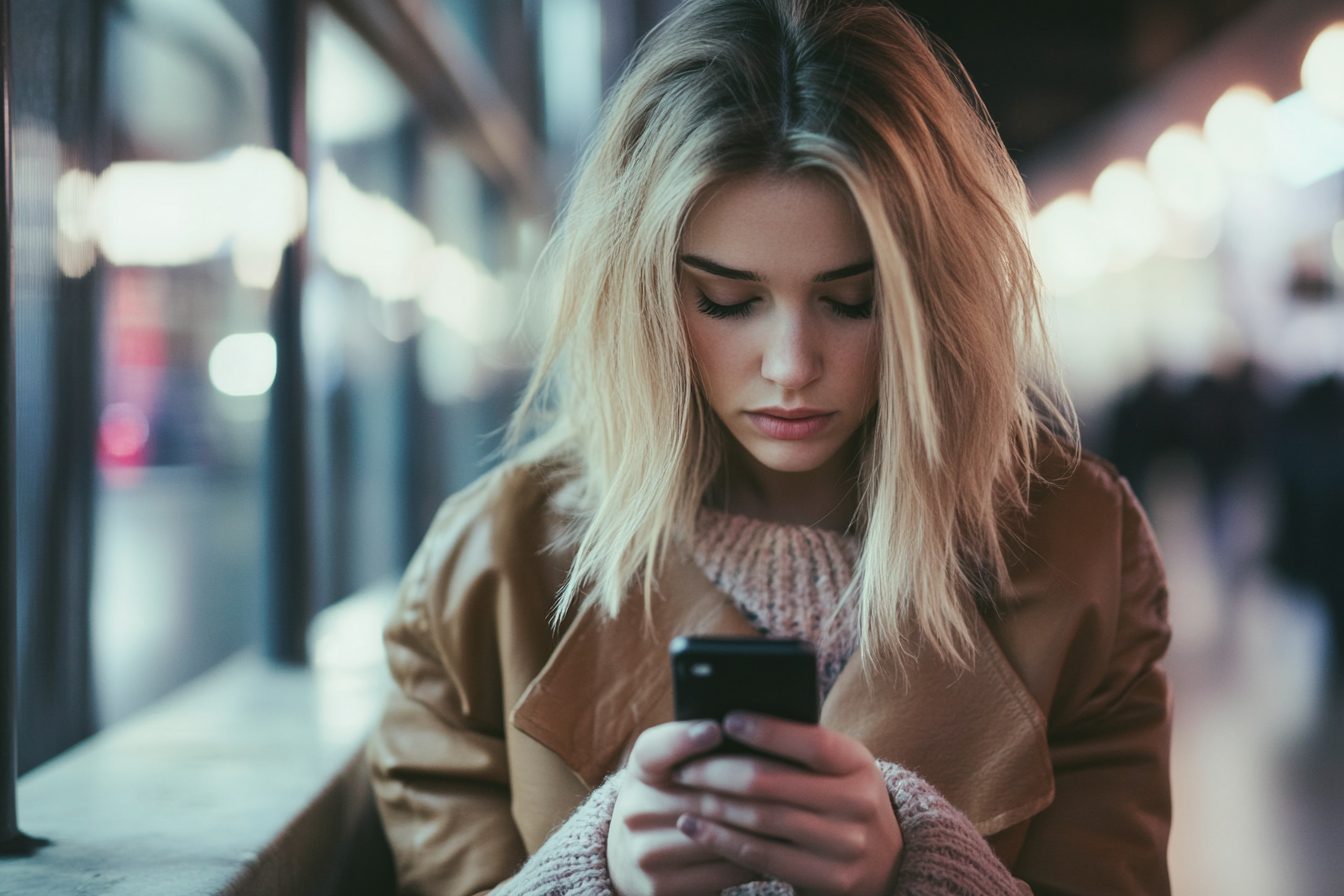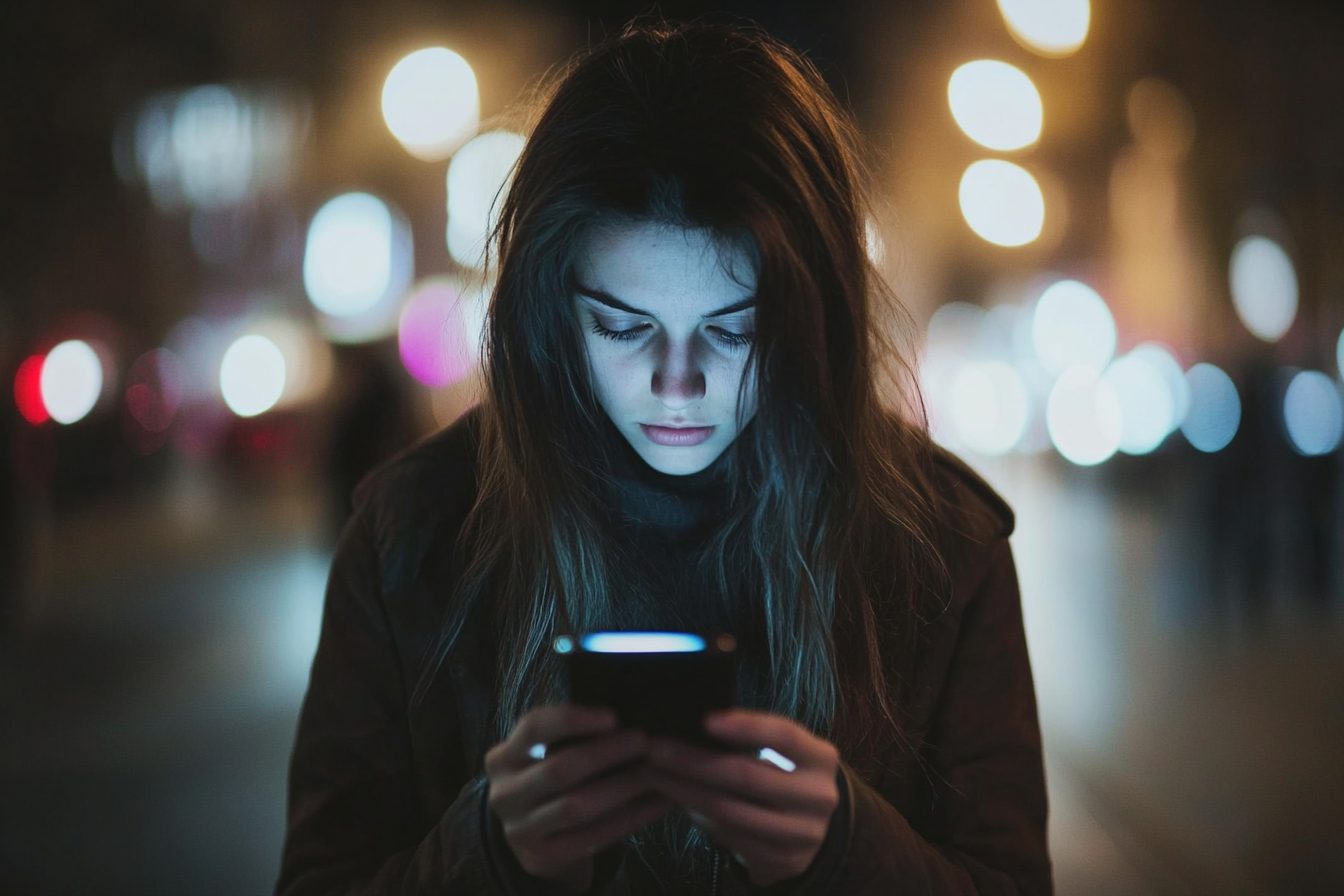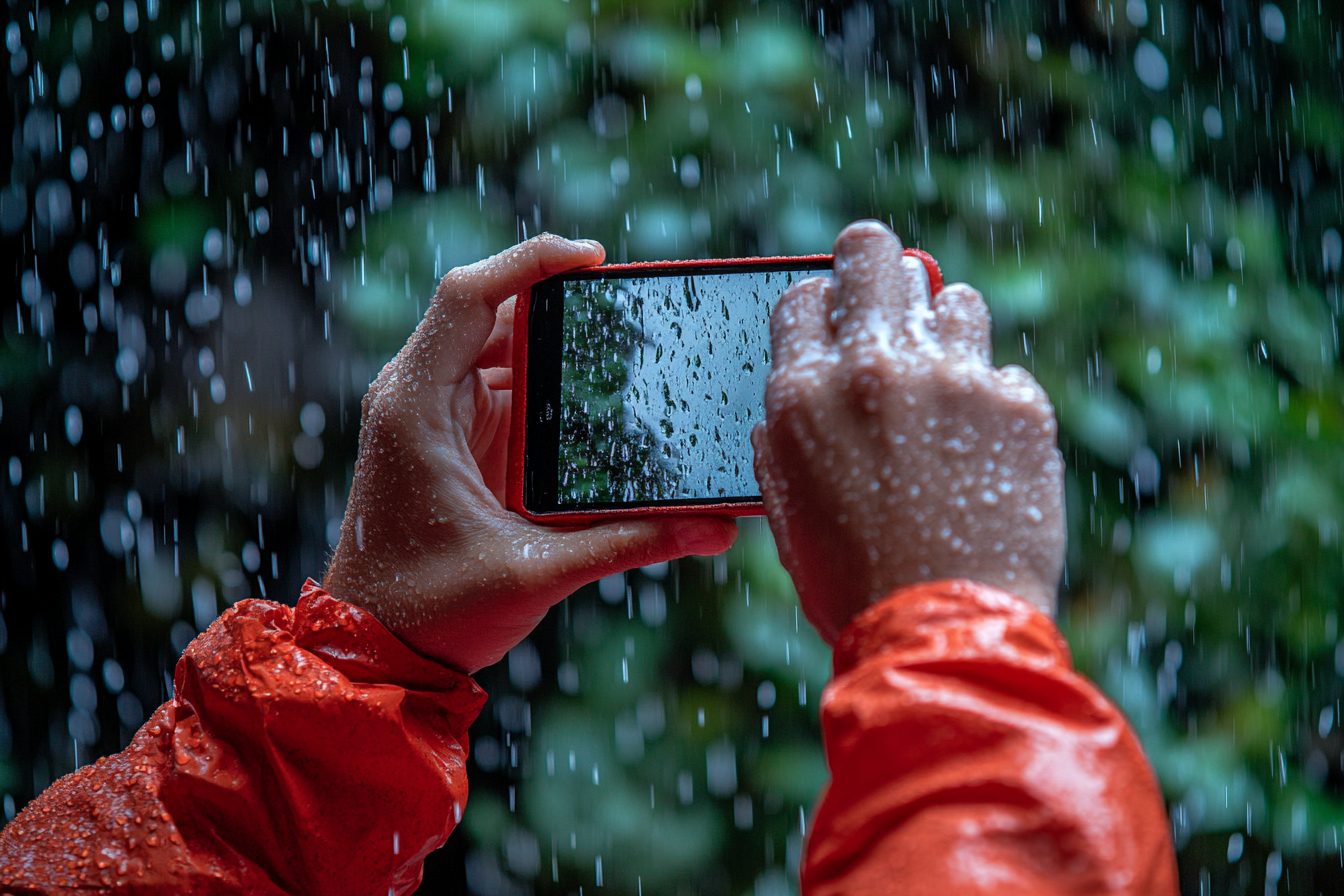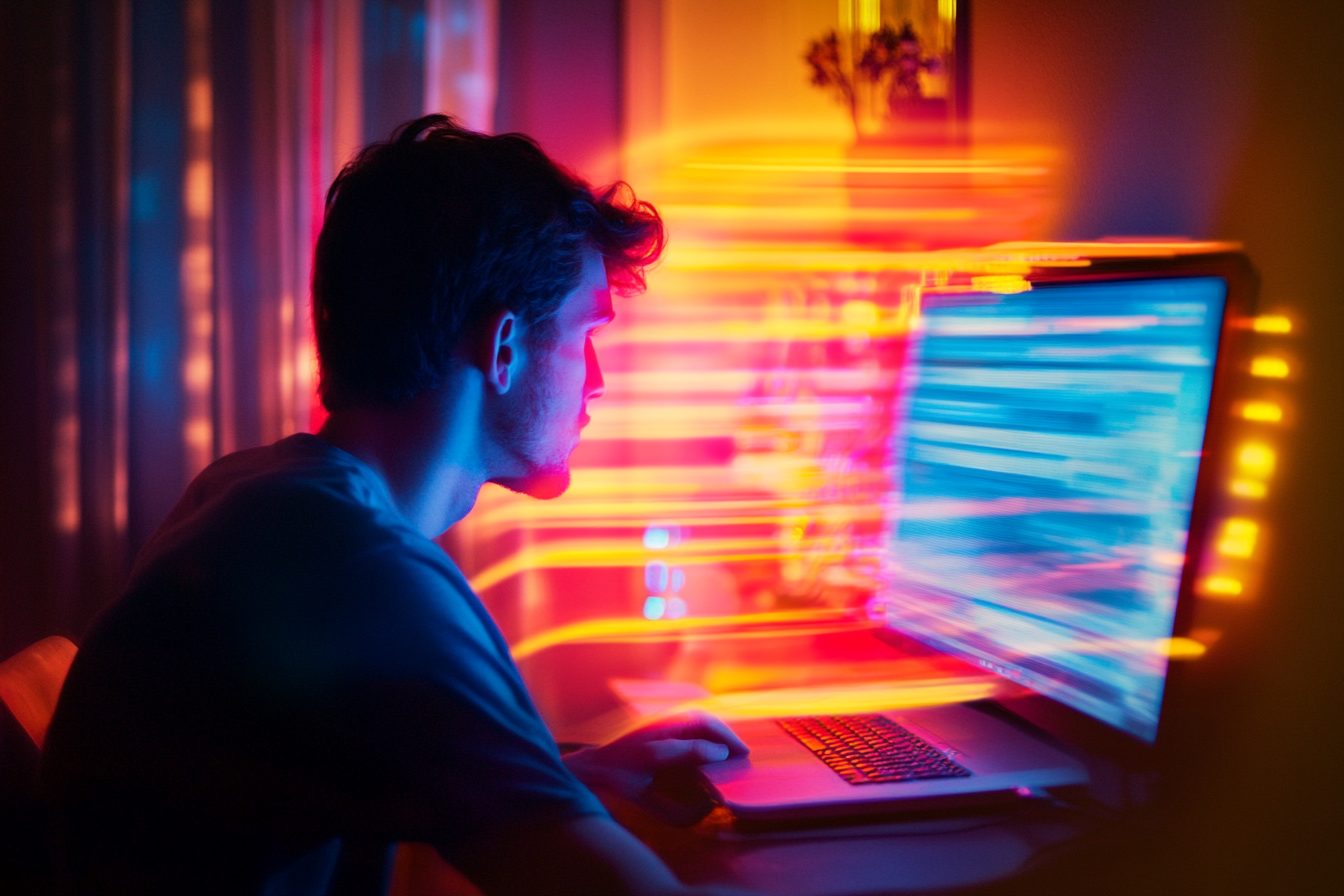Last Thursday, my phone buzzed at 2:17 AM with that familliar notification: “You’ve lost a follower.” I wish I could say that I went back to sleep without a care in the world, but that would not be true. I thought I was a strong enough person to not let a follower’s loss matter, but in reality, I did not have the grit.
I checked the time stamp of my last comparison screenshot, and it took me precisely 47 minutes to identify the user who decided to unfollow me. I went through so many lists, checking connections, even toggling between mutual circles. For a moment, I thought of being reckless enough to download a 3rd party app to check who had unfollowed me. I still find those a little bit too invasive.
At 3:04 AM, the self-loathing broke as I identifiued the fellow who disengaged – a former college mate whom I hadn’t chatted with in about three years.
As immediately as the answers came, so did the questions. My mind blankshot: What did I do wrong? Then I painstakingly scoured my recent posts looking for a comment or image that could’ve crossed the etiquette line. I settled on the box of soap-baked, sourdough bread; a political retweet, sunset—while dazzlingly mundane—was certainly beneath criticism. Howling mental dross of simulation where we might bump onto one another and primordial Us vs “new me” rapture anchored by this virtual dissociation, wrested me into mentally dumbing things down to what our mutual moving parts could accept. So, while picturing my gouged ego cavorting through the streets donned in overwhelming embarrassment, the blend of our shared sentiments began to dart silhouettes my mood seems to indrease.
Sleep eventually claimed me, but not after I squandered almost an hour of valuable rest on what I presumed to be a stranger sitting on a toilet and clicking buttons on a smartphone, although I will not deny that my thoughts might be uncharitable.
The absurdity struck me, however, when I attempted to gather my thoughts the next day. I’m a fully functioning adult, or at least I’d like to think so, with a complex life that features a mortgage, offspring, and responsibilities that should ideally condone my developing life experience and perspective of the world. Regardless, there I was, performing social media forensic audits at an hour reasonable people would be dreaming.
Perhaps one of the most baffling modern-day social phenomenon is ‘unfollower anxiety’ as Richardson describes it; a counter-intuitive emotional overreaction of losing followers, and explains something primal in the social minds that energize with significance around human social grouping.
I’d be relieved if I could say this 3 AM investigation was an isolated incident, but that would be yet another lie. I have spent, and tracked follower count fluctuations, creating spreadsheets across multiple social media platforms. This is embarrassing to admit, but I have also created download third-party analytics tools and screenshot archives systematically for comparison purposes, these chronicling endeavors capturing moments in time. Explaining myself, I am simply the kind of “socially” digitally neurotic person afflicted with a disorder I ambulanced-tech cared too much about for my current self, me.
During my years in the tech industry, I, for instance, sat in meeting after meeting where user engagement and retention strategies were the hot topics of discussion. These are, needless to say, bordering on insane measures meant to nurture users like myself. Treading Building features meant to trigger exactly the obsessive user behavior I now exhibit became our daily work culture. Thus, the reason behind my distracted state glued to my device was by design. As much as I wish this isn’t the case, my outlandish anxieties directly coerced by using features designed by said: engineers who intended to induce worry and panic across screens confirming one’s presence or absence.
I vividly remember one product meetings that jolted me awake, in particular, the one where we debated adding a feature designed to mask the identity of users who had unsubscribed from a user’s following list. Not because of any empathy regarding their psychological state of mind, as our users mental health wasn’t a priority, but rather because our research indicated users who realized they’d been unfollowed tended to retaliate by unfollowing others, resulted in a negative feedback loop that reduced overall engagement. There was no attempt in solving anxiety for the user; simply removing information the user had the right to access.
“A designer explained, “People get too obsessed with who unfollowed them. It makes them feel bad about the platform.”
“Does that mean such information begs hiding?” I counter“Not hide it completely,” the product manager specified. “Just make it harder to find. Enough friction that casual users won’t bother, but the really determined ones can still figure it out if they try hard enough.”
I didn’t see it at that time, but we were effectively creating digital anxiety as a feature, not a bug. In this case, we relied on users wanting to care about their follower numbers enough to keep returning, while seeking to throttle them enough so that they didn’t leave the platform entirely. A balance of addiction and despair.
That I am now on the user end of this meticulously crafted anxiety machine is not lost on me.
What makes unfollow anxiety particularly perverse is how it flips normal social logic. In the physical realm, if someone wants to step away from the interaction, they usually do so gradually, creating more and more distance over time. They don’t call, they stop accepting invites, and eventually, they begin to fade away. It is rarely a single moment of rejection. On social media, however, that is a different story. It’s a binary state change. One moment they are a follower, the next they aren’t. No gradual fade, just a hard cut. Often, this is paired with a notification crafted specifically to ensure you see it.
I have witnessed this across demographics, from teenagers to retirees. My fifteen-year-old niece experienced what can only be described as a real grieving process recently when her follower count dipped below a milestone number. My 67-year-old mother panicked and texted me when she realized her Facebook friend list had gone down, worrying that someone from her church group was mad at her. This isn’t merely a Gen Z issue, nor is it just a millennial type of disorder – this is a sociological response to a contemporary social form of rejection we have not yet adapted to cope with.
The methods we use to track down unfollowers is worse than laughable. I’ve known people who keep logs of all their social media relations. They do rounds to check them as if they were social media accountants. Some use mental algorithms, committing specific followers to memory to check against later. I once watched a friend scroll through 2000 Instagram followers, sorting the list against a mental tally to find one missing follower. When I asked him later if it was worth the effort, he looked mildly perplexed by the question. It was of course. How else would he know who got tired of him?
Three years ago is a particularly bleak time for me. I logged onto one social media where I had a modest but, to me, meaningful following and noticed a drop of exactly one follower. It was in the middle of a period where I was documenting my relationship with technology addiction – one of the more vulnerable things I’ve shared and a departure from my norm. The timing of the unfollow seemed very deliberate, as though someone was trying to specifically signal that, ‘I reject this version of you.’
The mystery of the unfollower became an obsession of mine. When conventional techniques didn’t work, I resorted to what I still consider my most embarrassing digital behavior: Making a records of all 847 of the accounts that had followed me, along with their names, and entering it to a spreadsheet.
They say the ends justify the means. For me, no matter how unbelievable the claim sounds, I did get results, however absurd they might be.
(In case someone is interested in the added context: I imagined I’d gotten my answer, albeit in unusual circumstances. I created a spreadsheet for a limit I never bothered to cross, and sat waiting. Everything was going according to plan but then out of the blue, I lost my midterm exam. Now that’s a twist I never saw coming. All of flames spent analyzing user data paused and stumped wondering if formal systems really do save me from ultimate ridicule. Guess the universe really wanted to spare me from the slack I’d served out thinking I’ve boxed myself in.)
This particular dread stands out because it affects our productivity and output the most. I don’t know how it gets, but I found myself crafting narratives that tailor content exclusively centered around potential follow/unfollow ratios. It’s not to say the content isn’t tremendous but soft censorship because their narrative would somehow be relegated to undesirable zones in the funnel is simply deprived of escaping. The number loses surplus value and shifts from a figure hidden behind glass and instantly turns the cage into a contrast to not only creativity, but anything that involves making.
A designer friend told me recently that she abandoned a highly promising series of posts on sustainable fashion because the first one resulted in the creator losing followers. “It wasn’t worth the anxiety,” she said. “I knew I would be checking the number religiously.” Her digitally self-censored herself due to social perception and anxiety, but this is a phenomenon experienced by millions of creators worldwide compounding social censoring amplifies collective digital expression.
The emotional response is much more profound than simply feeling sad. Friends have become quantifiable assets within which social media turned passions into commodified metrics. Even worse, social media can make passions physically measureable like objects, eliminating mental barriers and becoming attachable to a diminishing metric. Research indicates that social, emotional, and physical rejection, triggers similar boundaries within neural circuitry and can be likened to loss of relationships. The need for hourly follower check-ins? The brain is prone to activating under perceived danger and can function similarly to physical threats.
To suppress and manage screen time, I have implemented many techniques. I deleted the apps off my phones, only to reinstall them a few days later. Smarter algorithms are simple by hiding metrics that encourage competition. Receiving notifications undermined my conquering goal. Pseudo-breaks enabled implementation of rigid furlough periods with gaps of uncontrolled access during which compulsive unchecked access was permitted. Unregulated fights with the reflexive response are still persistent.
Recheck the mental gymnastics that I put myself through in my mind whilst making sense of my perceived detective work. To my surprise the most potent approach I had come across was my daughter. She came in at the right moment. Immediately wondering why I had a forlorn expression on my face as I scrolled through a follower’s list, she brought up the question as to what my actions were achieving.
After giving it a second’s thought she says: “Maybe they just got tired of their phone.”
Sometimes it’s the most unthoughtful comments that have the power to radically change your shift. In this instance, the comment had two simultaneously powerful shifts of its own. To begin with, one could question, “What if it isn’t about me?” In this paradigm perhaps the intention behind a lot of motivationally reclined actions stems from reducing one’s screen time or clearing one’s digital backlogs. It was quite evident that my deluded fact which assumed that their action can question my need of existence spoke quite rainbow of praise upon my baseline assumption and context.
Evidently, this did not alter my expressed “My unfollow” phobia. Last week I was scarily perusing through lists of my associates in a competitive form of “Spot The Difference.” That said, I now approach the comments from my daughter with a significantly different perspective. These days I found myself hoping silently wishing my ex-followers the best.
This may sound like modern-day nonsense, however, it is useful in guiding me when I feel anxious. In this case, far too anxious for a middle of the night investigation. It leads me to social media and enables me to understand that these “connections” are not possessions that can be hoarded, but rather dynamic things that change with time.
One of the most constructive approaches for all of us dealing with this strange modern anxiety is always remembering that for all the follower counts one has, it does not serve in any way as a mark of true presence. The real concerns that need to be worried about – the impact we have, the value of our social interactions, and the meaning we construct – can never be stated in a profile stat.
So the next time your phone buzzes with that dreaded notification, telling you that someone has “unfollowed” you, remember that this is not the social catastrophe you so desperately try to perceive it as. Rather, the action itself serves as a digital sign indicating that someone has decided to take a detour in a multifaceted social world. And possibly – they are striving to spend less time on their phones. A universally commendable goal people may want to consider emulating.
